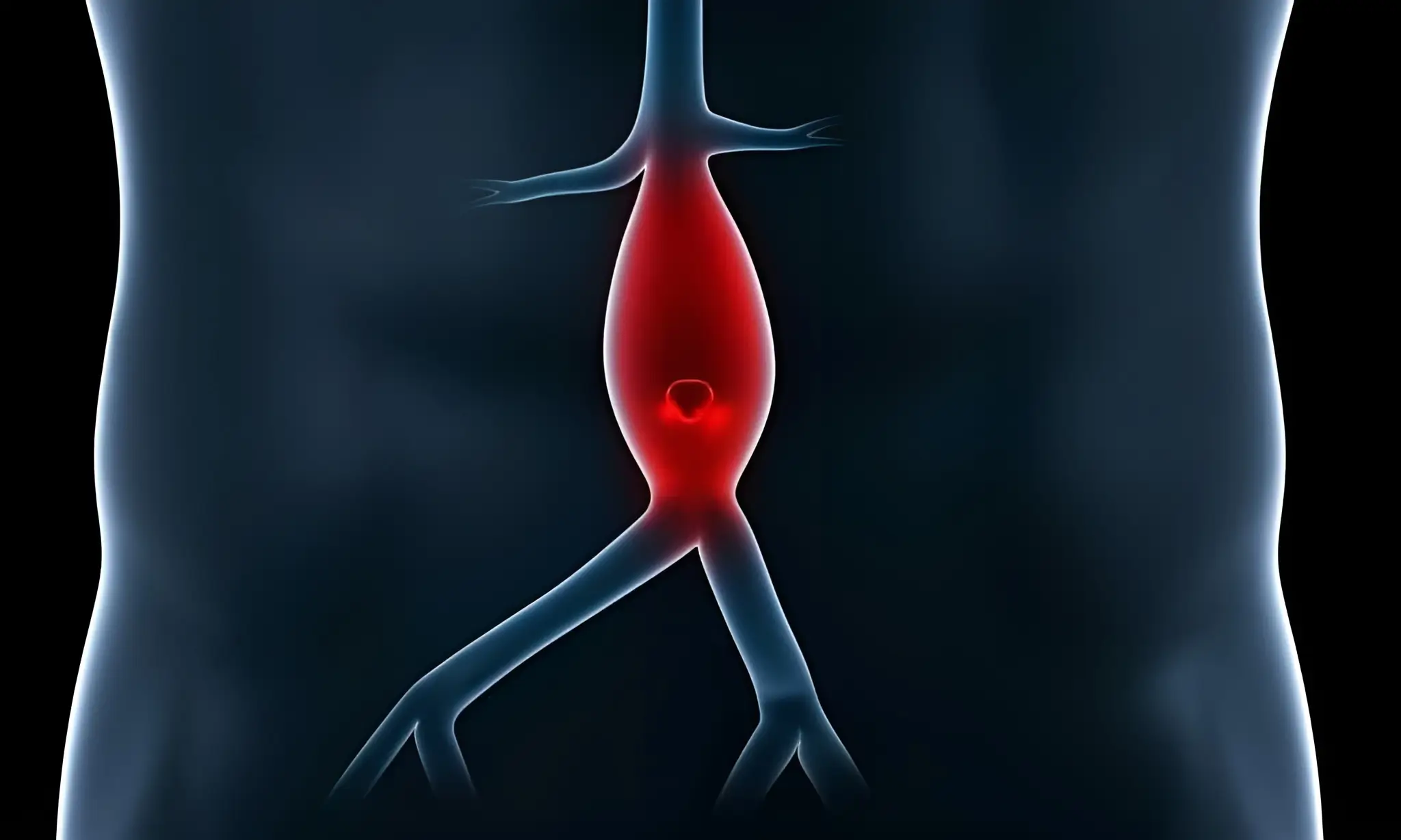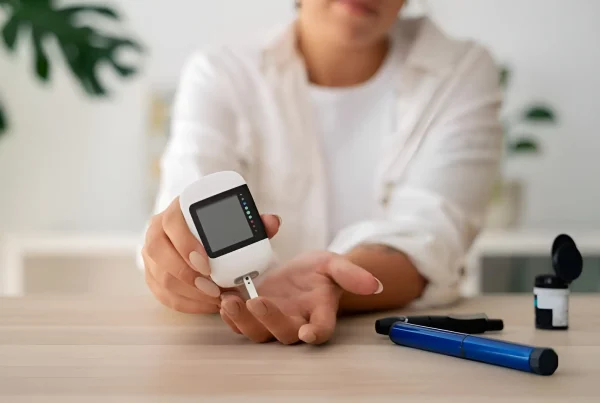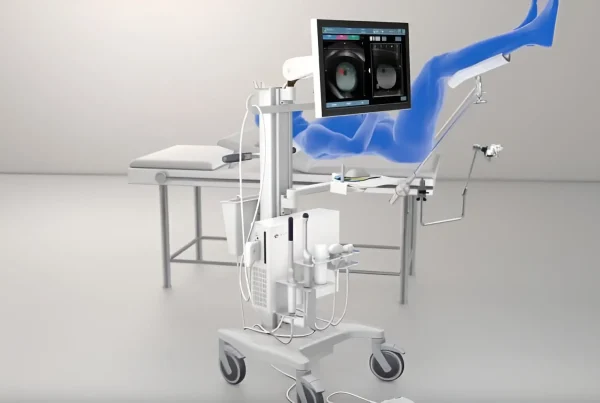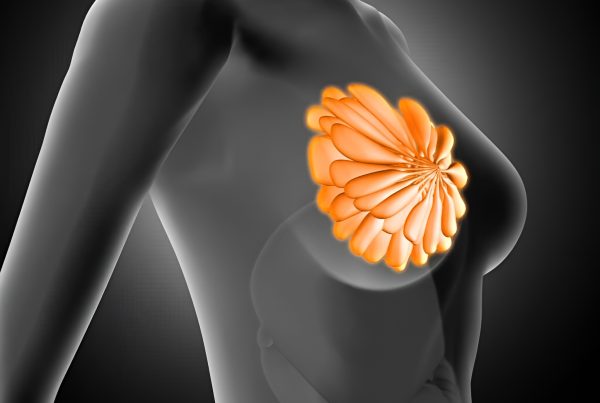Dr. Panagiotis Theodoridis, MD, MSc, Head of the Vascular Surgery Department at Therapis General Hospital, provides us with the following information.
What is an aneurysm?
The term aneurysm in an artery refers to the dilation of the vessel to more than 1½ to 2 times its normal size.
Aneurysms can occur in any vessel in the body, with arterial aneurysms being the most common.
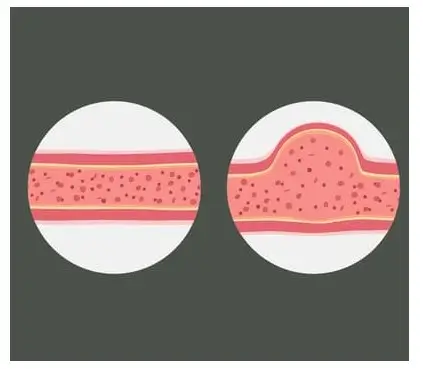
Abdominal aortic aneurysm
The abdominal aorta is the second largest artery in the human body after the thoracic aorta and carries blood from the heart to the rest of the body.
Its normal diameter is 1.5–2 centimeters, reaching the height of the 4th and 5th lumbar vertebrae, from where it divides into the two iliac arteries that carry blood to the right and left legs. The term abdominal aortic aneurysm refers to the dilation of the vessel above 3–3.5 cm, which is surgically treated when the size reaches or exceeds 5–5.5 cm, depending on the patient’s gender and the shape of the aneurysm.
Some aneurysms are more dangerous for rupture due to their morphology and are therefore operated on even when smaller.
Symptoms
Abdominal aortic aneurysms are usually asymptomatic and are discovered incidentally during diagnostic tests for other causes, such as ultrasound and abdominal CT scans. Symptoms that may occur and indicate the presence of an aneurysm include:
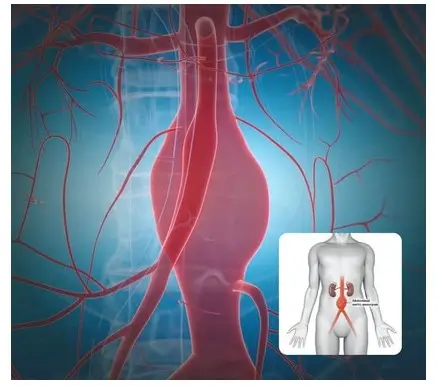
- Pain in the upper abdomen with reflection in the left lateral abdomen
- Pulsating mass in the abdomen, when it is large in size
- Gangrene of the toes when material from inside the aneurysm breaks off and blocks an artery in the periphery
- Severe pain in the lumbar region with reflection in the abdomen in cases where the aneurysm rapidly increases in size. This condition is called impending rupture and requires immediate treatment.
Risk factors
In general, the cause of abdominal aortic aneurysms remains unknown, but the following risk factors are implicated:
- Smoking
- High blood pressure
- Obesity
- Hyperlipidemia
Complications
The most significant complication of abdominal aortic aneurysm is rupture. The survival rate of patients whose abdominal aneurysm ruptures ranges from 10% to 50%. Aneurysms larger than 7 cm have a 30% risk of rupture per year and are considered urgent.
Treatment
Endovascular repair of abdominal aortic aneurysm with aortic ulcer (Arrow). The modern treatment for abdominal aneurysms is endovascular repair using stents. These stents are designed to fit the anatomy of the aorta and have a long lifespan without causing any kind of reaction from the body.

Imaging aid for abdominal aortic aneurysm


